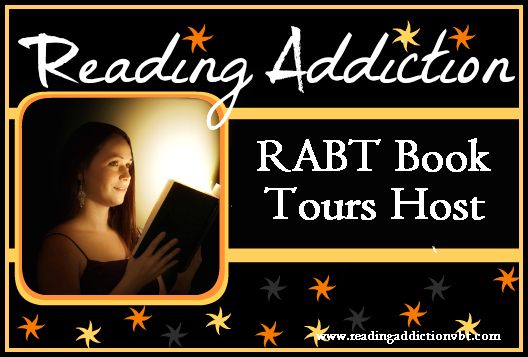Author: Carlo Ginzburg
Genre: Nonfiction - History
Finished: March 1, 2010
In The Night Battles, Carlo Ginzburg looks at a small group of northeastern Italian people from the area of Friuli who claimed to be 'benandanti.' The benandanti, according to their legend, were people born with "the caul," and battled witches to protect the harvest and people, and to heal people bewitched. A second strand of benandanti claimed to be witness to processions of the dead. Using a small set of inquisition documents to do his microhistory, Ginzburg claims that he can reconstruct the progression of benandanti identity from their perspective from those who battle witches to those who are witches. This new identity was imposed, according to Ginzburg, by the inquisitors who used leading questions and other devices such as fear to convince the accused benandanti into altering their confessions to fit the new model of witchcraft, which can be traced through the confession transcripts. The book contains four chapters and an appendix with a few of the transcripts included for reference. Chapter one introduces the benandanti, their beliefs, and the inquisitors; chapter two describes the benandanti who associate with the dead and traces possible links of origin; chapter three returns to the benandanti and the inquisitors, and to the evolution of the benandanti identity; and chapter four sees the conclusion of the benandanti fitting themselves into the accepted mold of witchcraft. There is no way Ginzburg can support, with his available evidence, what the true intentions of the benandanti were when they confessed to witchcraft practices. Was it that they became convinced of their own evil, or simply became indoctrinated out of fear and insistence to change stories to fit what they knew the inquisitors wanted regardless of what they knew to be truth? There is simply no way to know if the benandanti were only saying what they felt needed to be said, or if they actually accepted it as truth. Ginzburg does, unfortunately, make a lot of claims that cannot be substantiated. For example, he tells the story of a woman named Anna la Rossa who he admits never claimed to be a benandanti (35). Yet later on, Ginzburg refers to her as one of the benandanti (41 & 43) without ever proving that she was one. If anything, Ginzburg is merely reasserting that many different beliefs had origins in the same pagan traditions, or that ideas filtered through geographical space. In another case, Ginzburg claims that the trances during which benandanti left their bodies were ointment induced or caused by illness (59). Again, this is not something he can adequately support and therefore cannot state it as unquestionable. Regardless of this, Ginzburg's greatest achievements are two. First, he does a good job in his outlining of the various pagan traditional origins of witchcraft and other cults. Second, he has great success in showing how the inquisitorial process was able to impose beliefs with such effectiveness that people would admit to them even when they knew giving the answer that was desired would surely bring harm to them. It sheds light on the nature of the witch hunts and trials, and the confessions rendered.














No comments:
Post a Comment